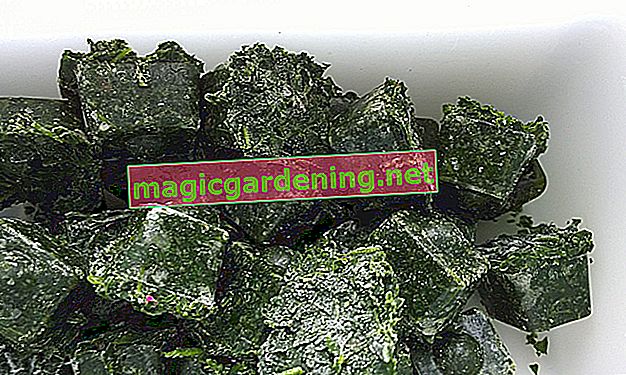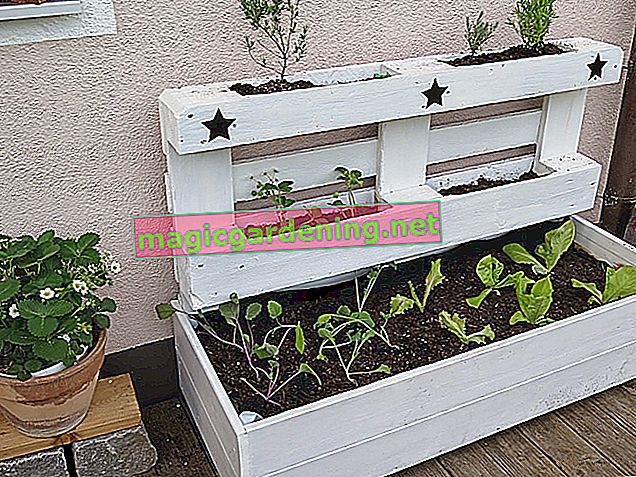
Walls made of natural stone have a special charm
Walls made of natural stone have a very special charm. Regularly hewn or cut stones are ideal for free-standing walls, as they can be easily stacked on top of one another. Different ways of building walls are used. The ashlar masonry, as it is known from antiquity, the interchangeable masonry or the layered masonry are particularly suitable here. This type of wall requires a good eye for design and good craftsmanship, because natural stones often have to be corrected and brought into the correct shape.
also read
- Facing a garden wall with natural stone
- How to build your own raised bed out of natural stone
- A garden wall without a foundation - can that work?
Brick natural stone walls
Natural stone walls often have a protective cover, which is ensured with the help of large slabs or stones. The individual layers of the free-standing walls must be connected to one another with mortar, whereby it should be noted that some types of stone do not tolerate calcareous mortar. Grouting is also done with mortar and a joint iron, excess grout material must be carefully wiped off with a wet cloth. Also make sure that the joints are not too wide. That doesn't look nice and also reduces the stability of the wall.
Get by without mortar: dry stone walls
All types of natural stone are suitable for dry stone walls. At best, find out which types of rock occur naturally in your region and then use them in your garden. For example, porous tufa, fine sandstone, but also porphyry, granite and many other things can be used. What they all have in common is the structure and purpose of providing shelter for as many plants and animals as possible.
What to look for when building a drywall
Dry stone walls are best leaned against a slope, because they need a connection to the ground in order to provide plants with enough food and root space. For safety reasons, the height of the wall should not exceed 120 centimeters - after all, no mortar or other jointing material is used - and a minimum thickness of 40 centimeters. It is also important that this wall also has a water-permeable, approximately 20 centimeter thick foundation made of gravel or crushed stone.
Build dry stone walls
Layer by layer, the stones are now placed on top of one another, leaning slightly backwards. They should interlock without wobbling. Avoid cross joints at all costs and plan a slightly wider, vertical joint in some places. Earth can be filled in here and the joint can be planted with rock garden plants or the like. You can achieve stability by installing stones at regular intervals so that their long side points backwards. Finally, fill in the gap between the wall and the earth with some gravel, which you tamp down well.
Tips
A raised bed made of dry stone walls can point in all four directions. From the very sunny, warm south to the shady north side, very different planting fields result in the smallest of spaces.








